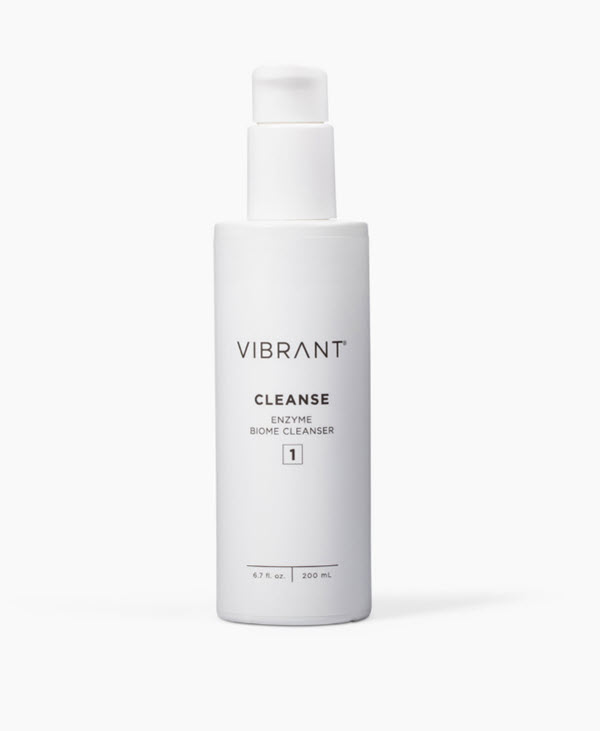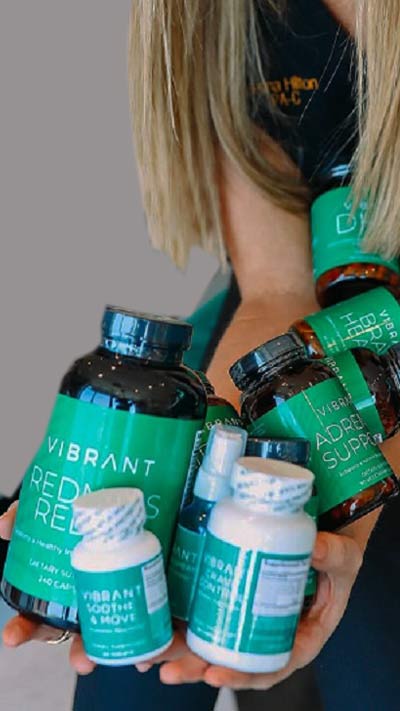SLS (sodium lauryl sulfate) and SLES (sodium laureth sulfate) are used in cosmetic and personal care products for their cleansing, foaming, and emulsifying properties. These surfactants create a rich lather to trap oil-based dirt, grime, and dead cells from the skin’s surface.
While most dermatologists recommend SLS-free formulations to minimize potential irritation, understanding the differences between SLS and SLES is still important. This article offers an in-depth comparison of SLS vs. SLES to help you make an informed decision.

SLS vs. SLES in Cosmetics: Overview
SLS and SLES have long been prized for their powerful cleansing abilities. The table below highlights their key features, similarities, and differences.
| Feature | SLS (Sodium lauryl sulfate) | SLES (Sodium laureth sulfate) |
| Origin | Coconut oil, palm kernel oil, or petroleum. | Derived from SLS through a process called ethoxylation to reduce harshness. |
| Purpose | Creates foam, reduces surface tension, and enables liquid to spread to remove all impurities. | A gentler foaming and cleansing agent that also aids in spreading the product and breaking down oil and dirt. |
| Common products | Face wash, cleansers, toothpaste, mouthwash, bath oils, hair dyes, shampoos, body washes, lip balms, shaving foams, hand sanitizers, sunscreen, and soaps. | Facial cleansers, shaving creams, shampoos, conditioners, body washes, baby products, makeup removers, and body lotions. |
| Alternative names | Lauryl sodium sulphate, lauryl sulfate sodium salt, sodium dodecyl sulfate (SDS), sodium n-dodecyl sulfate, dodecyl sodium sulfate, and sodium alkyl sulfate. | Sodium laureth-2 sulfate, sodium lauryl ether sulfate, sodium lauryl ether sulphate, and sodium alkylethersulfate. |
| Benefits | Creates dense foam; strong cleansing power; easy to rinse; inexpensive. | Produces creamy foam; emulsifying properties; milder and less irritating. |
| Risks | Skin barrier disruption, eye irritation, hair loss, dryness, skin inflammation, allergic reactions, dermatitis flare-ups, acne breakouts, mouth cytotoxicity, premature aging. | Skin irritation, eye irritation, lung irritation, clogged pores, acne, allergic reactions, contact dermatitis, swelling, itching, redness. |
| Skin sensitivity | More likely to cause skin irritation and worsen inflammatory skin conditions, like rosacea, eczema, and psoriasis. | Better tolerated than SLS by sensitive skin types, but experts still recommend SLS- and SLES-free alternatives. |
SLS vs. SLES: In-Depth Comparison
SLS and SLES are often confused and misunderstood. While they’re both used for similar purposes in beauty products, they differ in how they are processed, their long-term health effects, and potential to irritate the skin.
Learn more about their differences and roles in cosmetics.
What Is SLS?
Sodium lauryl sulfate (SLS) is a potent surfactant used in personal care products, detergents, and cosmetics. It has strong cleansing and foaming abilities but can be quite harsh and skin-damaging. It strips the skin of its natural oils and increases trans-epidermal water loss, leading to dryness, sensitivity, and irritation. Researchers have discovered that it disrupts the barrier by disturbing the skin’s lipid composition. Studies also show that SLS-containing products worsen conditions like eczema or dermatitis, weaken hair follicles, and lead to hair loss.
Avoid, if possible, if you have sensitive skin, inflammatory conditions, or scalp issues.
What Is SLES?
Sodium laureth sulfate (SLES) is a milder surfactant derived from SLS through a process called ethoxylation. It produces a creamier, softer foam but retains the same cleansing and foaming properties as its harsher counterpart. SLES is water-soluble and may be gentler on the skin and hair. However, SLES-containing products may still irritate more sensitive skin types. SLES also carries a risk of contamination with carcinogenic byproducts like 1,4-dioxane.
To minimize health complications, dermatologists recommend avoiding SLES in cosmetics and replacing it with milder alternatives.
SLS vs. SLES: Role in Cosmetics
Both SLS and SLES are added to cosmetic and personal care products where cleansing and foaming are needed. They help reduce friction with the skin’s surface by creating a rich lather, helping to lift away dirt, oil, dead skin cells, and other impurities.
However, these chemicals can be absorbed through the skin and accumulate in internal organs over time, impacting overall health. Recently, many skincare brands have begun replacing them with SLS- and SLES-free alternatives to prevent barrier disruption, irritation, and water loss while supporting healthy skin flora.
SLS vs. SLES: Cosmetic Products
SLS is used in many skincare, makeup, and hair products, such as shampoos, conditioners, soaps, bubble baths, face washes, body gels, shaving creams, and toothpaste. These products typically foam faster but are harsher on the skin and may provoke flare-ups.
SLES is added to milder formulations of cleansers, moisturizers, face washes, body washes, shampoos, and toothpaste. It can also be found in sensitive skincare lines and baby products like shampoos, water wipes, liquid baby soaps, and body washes.
Are There Gentler Alternatives to SLS and SLES?
Yes, there are many gentler alternatives to SLS and SLES in cosmetics. Dermatologists strongly recommend using mild, skin-friendly products free from SLS, parabens, alcohol, silicones, phthalates, and other potential irritants.
SLS- and SLES-free formulas help reduce inflammation, strengthen the skin barrier, and improve skin quality without compromising long-term health. A great example is Vibrant Cleanser, a microbiome-supporting product formulated with three gentle cleansing and foaming surfactants:
- Sodium c14-16 olefin sulfonate – An anionic surfactant derived from coconut oil.
- Coco-glucoside – A mild surfactant derived from coconut oil and glucose.
- Disodium cocoamphodiacetate – A mild amphoteric surfactant derived from coconut with a high thickening ability.

Conclusion
While SLS and SLES have not been completely phased out of the beauty industry, it is important to know how they differ and why SLES may be a slightly safer option. However, if you are health-conscious and prefer cleaner skincare brands, consider avoiding both in favor of safer, gentler alternatives.
Our Vibrant skin experts are here to answer additional questions you may have about SLS, SLES, and other skincare ingredients.


